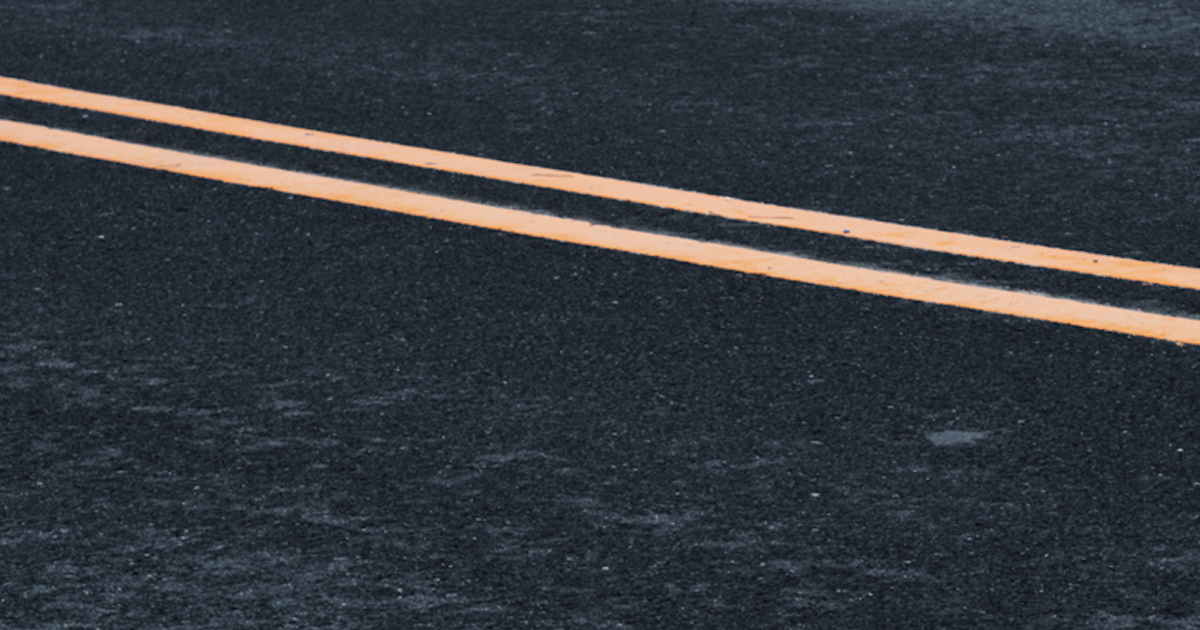Good Question: Does MnPASS Really Help With Traffic Flow?
MINNEAPOLIS (WCCO) -- Getting caught in rush hour traffic is no fun for anyone, which is why some drivers opt for a MnPASS in order to take the HOV lanes.
More than 25,000 Minnesotans have a MnPASS. The whole idea behind it and the HOV lanes is to keep traffic moving during peak rush hours in the morning and in the afternoon.
MnPASS is active on 35W and 394, and in 2015 it will also be an option on 35E.
MnDOT spokesperson Bobbie Dahlke says drivers with a MnPASS get to their destination 55-percent faster than drivers in the general purpose lanes. But they pay to do it.
"The pricing runs anywhere from 25 cents to $8 to use it," Dahlke said.
He says MnPASS users see prices go up as the HOV lane gets congested. Prices peak in the winter months when there are more MnPASS users and more congestion, and speeds dip below 45 miles an hour.
"It is not a revenue-generating source. The money that we make goes back into maintaining the MnPASS lanes that we have," he said.
In 2012, MnPASS earned $3 million in revenue for the state. Dahlke says the MnPASS money from 35W goes back into maintaining MnPASS lanes on 35W, and likewise for 394.
In addition to the daily toll, it costs $1.50 a month to lease the MnPASS transponder you put up in your car. Of course, you can take the HOV lanes for free as long as you have a human being of any age riding along.
"You can have a baby," Dahlke said. "Dogs and animals don't count, but children do."
If you don't have a MnPass, don't have any passengers and you try and use the HOV lane, you can receive a $140 fine.
How do they catch you? According to Dahlke, officers can actually use infrared equipment to see how many people are in the car.



